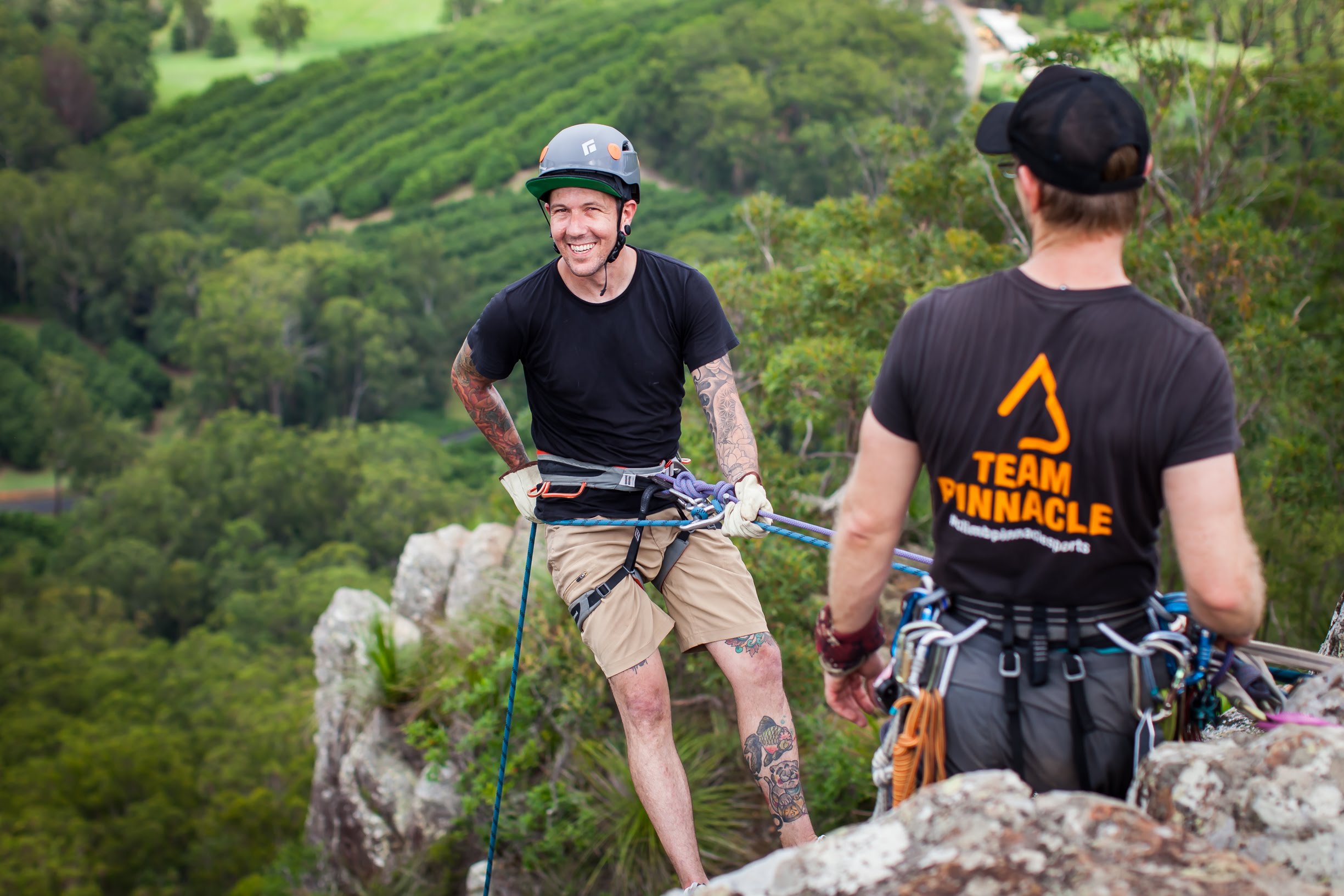Written by Steve Thompson
A climbing brush is a staple part of any good climber’s arsenal. Whether you’re developing a brand new climbing area or having a last-minute burn on the gym route that’s getting stripped and reset tomorrow, you need a way to clean the holds.
There are a variety of factors that one should consider when looking at climbing brushes: the brush material, the bristle density, the size, and the ergonomics.

Bristle Material
Brushes typically come with either nylon or boars’ hair bristles and either a wooden or plastic handle. The handle material is really just a matter of style preference, however the bristle material does impact performance. Boars’ hair almost uniformly performs better, at the expense of potential animal suffering. For those who only care about the performance of the brush, boars’ hair is the way to go. Those who have a vegetarian/vegan philosophy will prefer the nylon bristles. Performance-wise, the main difference between the two is that boars’ hair tends to be stiffer, which allows a more thorough scrub.
Bristle Density & Stiffness
The more dense the bristles, the better. For example, the Sublime brush boasts an impressive 14,000 bristles in its average-sized brush head. Increased density generally implies stiffer bristles as well.
Size
There’s no such thing as the “right size” brush, because it depends entirely on the hold that needs cleaning. Small brushes are obviously going to be better on small holds and pockets, whereas big brushes will be better on large slopers. A well-prepared climber will have a range of brushes at different sizes.
Ergonomics
Modern brushes have started to take into account a few ergonomic factors, such as the angle of the handle. If the handle is just a straight line, you run the risk of scraping your knuckles while brushing. However, by angling the handle away from the brush-head, like the Sublime SlimLine does, you create a gap between the rock surface and your skin. Additionally, brush companies have listened to feedback that brushes tend to wear quicker towards the tip of the brush, and many new brushes have variable-length bristles to try to create a more even wear pattern and increase brush lifespan.
Brush Comparisons
|
Brush
|
Image
|
Material
|
Bristle Density/Stiffness
|
Size
|
Ergonomics/Features
|
Price
|
|
Chillaz Brush
|
 |
Boar’s Hair
|
C+
|
Small
|
A rubber end makes it a bit more skin-friendly to brush with, but the size of the brush means you won’t be using it for any strenuous brushing anyway. Good for small-medium holds.
|
$13.95
|
|
Climbing Meta Volume Brush
|
 |
Boar’s Hair
|
B+
|
Medium
|
Nice thick handle and a large surface area makes this good for brushing larger holds.
|
$14.95
|
|
Edelrid Boulder Brush
|
 |
Nylon
|
B-
|
Small
|
Double ended with different sizes at each end for really small holds/pockets.
|
$9.95
|
|
So iLL Sloper Brush
|
 |
Boar’s Hair
|
A-
|
Large
|
Angled to protect your knuckles and is a huge brush, perfect for large slopers/volumes and for cleaning up new boulder problems.
|
$31.95
|
|
Sublime Boar’s Hair Brush
|
 |
Boar’s Hair
|
A+
|
Medium
|
Probably the densest bristles on the market and has a little hidey-hole in the end for stashing trinkets.
|
$19.95
|
|
Sublime Nylon Brush
|
 |
Nylon
|
B+
|
Medium
|
As above but with Nylon bristles.
|
$19.95
|
|
Sublime SlimLine Boar’s Hair Brush
|
 |
Boar’s Hair
|
A-
|
Medium
|
Angled handle to protect knuckles and tapered bristle length for even bristle wear and a longer lifespan.
|
$12.00
|
Looking for more great reads? Subscribe to our newsletter to stay up to date with the latest climbing tech, crag recommendations and upcoming events.














